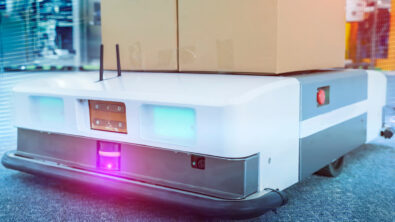Overcoming MedTech Challenge #3: Mass Customization and 3D Printing

Patients are bringing a consumer mindset to healthcare interactions and medtech companies are creating consumer-oriented technologies to improve the experience. Innovation is allowing the personalization of devices at scale. Healthcare reimbursement models are becoming more closely tied to patient satisfaction, elevating the urgency for an improved experience.
Here are a few key insights related to these trends:
-
- Currently, 20 percent of knee implant recipients report not being satisfied with the results of their surgery, with pain and limited mobility leading the list of complaints, according to the research firm Evaluate. By using a custom-designed knee implant that considers the unique structure of the existing bone in the joint, it’s possible to improve outcomes across the board
-
- In 2011, the FDA approved the first 3D-printed knee. In December 2014, the Washington Post highlighted the first physician to use the fully customized implant
-
- Fifty percent of medical device chief executive officers (CEOs) perceive personalization and customization a the most disruptive business model
-
- Shrinking lot size is needed to meet the needs of personalized medicine
As we move to personalized medicine, manufacturing complexity will increase while lot sizes will shrink to one. Manufacturers will need to more closely integrate engineering, modeling and simulation with manufacturing production. Additive manufacturing (AM) and 3D printing will be required to support mass customization and reduce variable manufacturing costs. That will require increased visibility into direct materials, direct labor and variable manufacturing overhead to control costs.
Two key strategies will help MD&D manufacturers to successfully address mass customization.
1. Focus on the outcome for each patient
Outcomes for patients will more strongly influence patient satisfaction as consumers become more educated and expectations rise. Manufacturers will need to use simulation and modeling to identify the best product for each patient, improving the characterization and understanding of each customized product. Patient-specific jigs and tooling will be required to improve outcomes using off-the-shelf (OTS) implantable devices. Tighter cost controls over product manufacturing will be required as a shift occurs from selling products to selling outcomes.
2. Handle the increased complexity of mass customization and 3D printing
The mass-customization trend today will increasingly require the adoption of 3D printing and AM in serial production environments. The coordination of multiple 3D printers or 3D printing systems, the provision of the right print job file (PJF) to the right printer, and the orchestration of materials/machines/orders all will require an advanced Manufacturing Execution System (MES).
Let us look at some of the details of the role of MES in AM and 3D printing environments.
-
- Production is planned and executed according to customized patient orders: a typical scenario involves connecting to Enterprise Resource Planning (ERP) and integrating with production scheduling software
-
- Production is executed according to a predefined and approved process: A typical scenario involves multiple production steps, including 3D printing, machining, painting, assembly, recycling and mixing of powders, managing substrate thickness and treatment thresholds, etc.
-
- 3D printing must be maximized for cost and time efficiency: The MES must support maximizing 3D printer usage, such as printing products from different work orders at the same time
-
- The MES must be used to create the full product genealogy tracking and pedigree, including raw material and tools used
In addition, data from the shop floor will be required to enhance cost center visibility to ensure cost efficiency is maintained
Read the full eBook to learn about more trends facing the Medical Device industry, and how integrated MES is addressing new challenges.
